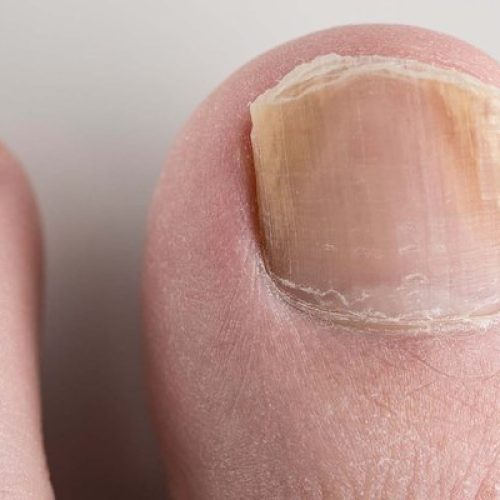Awarded “Most Inspiring Dermatologists” by Economic Times and Times Of India group (TOI)





Nail infections, also known as onychomycosis, are caused by fungi, bacteria, or yeast, leading to discoloration, thickening, and brittleness of the nails. They commonly affect toenails due to prolonged moisture exposure but can also appear on fingernails.
Symptoms include yellow, white, or brown nail discoloration, brittle or crumbly texture, foul odor, and nail separation from the nail bed. Poor hygiene, excessive sweating, nail injuries, and underlying health conditions like diabetes increase the risk of infection.

FAQ – Nail Infection
A nail infection, also known as onychomycosis, is a fungal, bacterial, or viral infection that affects the nails, causing discoloration, thickening, brittleness, or separation from the nail bed.
Nail infections can result from fungi, bacteria, or yeast, often due to poor hygiene, excessive moisture, injury, or underlying health conditions like diabetes.
Common symptoms include yellowing, thickening, crumbling, pain, swelling, foul odor, or pus formation around the nails.
Treatment options include topical or oral antifungal medications, laser therapy, or medical nail debridement. Severe cases may require nail removal.
Maintain good hygiene, keep nails dry, avoid sharing nail tools, wear breathable footwear, and regularly trim nails.